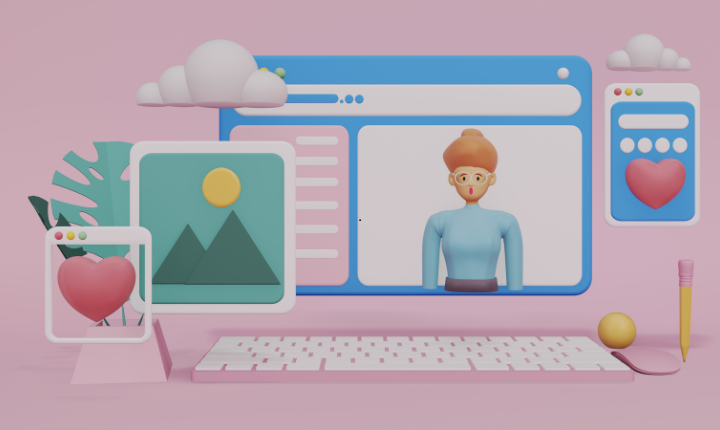Animation has become a crucial element in modern web design, enhancing user experience, guiding navigation, and making web pages more engaging. From subtle hover effects to intricate loading animations, web developers are using motion to breathe life into otherwise static interfaces. This post delves into the essentials of animation in web development, guiding you on how to incorporate them effectively and elevate your web projects.
Why Animation Matters in Web Development

Animations aren’t just about aesthetics; they play a functional role. When used effectively, animations:
- Improve User Experience (UX): Guiding users intuitively through your site.
- Enhance Brand Identity: Adding personality and flair that aligns with your brand.
- Increase Engagement: Making websites interactive and memorable.
For instance, when building a portfolio website, animations can create a captivating first impression and showcase your creativity. You can explore how to structure your web pages effectively by referencing this guide on HTML5 structure, ensuring your animations align seamlessly with a solid foundation.
Types of Animations in Web Development
There are various types of animations that you can integrate into your website, including:
- Hover Effects: Perfect for buttons or navigation links.
- Loading Animations: Enhances the waiting experience.
- Scroll Animations: Revealing content as users navigate down the page.
These animations, when implemented strategically, can transform static designs into dynamic ones. However, it’s important to strike the right balance; overloading your site with animations can lead to slow load times and distract users from the main content.
Quote: “Animations should complement your design, not overpower it. Subtlety often creates the most impact.”
Tools and Techniques to Get Started

Modern web development offers a plethora of tools for implementing animations:
- CSS Animations: Lightweight and perfect for simple effects.
- JavaScript Libraries: Like GSAP for more complex, interactive animations.
- Web Animations API: A newer standard providing more control and flexibility.
When you’re learning to use these tools, make sure to reference proven techniques. For example, check out this insightful post on using animations effectively in presentations, which provides tips that are equally valuable in web contexts.
Best Practices for Animation in Web Development
To ensure animations are effective and not overwhelming:
- Prioritize Performance: Optimize animations for smooth performance across devices.
- Keep It Purposeful: Every animation should serve a specific function.
- Test Across Browsers: Ensure compatibility for a consistent user experience.
By focusing on these best practices, you’ll be able to create animations that enhance your website’s appeal while keeping users engaged.
Conclusion
Incorporating animations into your web development projects can significantly enhance both the functionality and aesthetics of your site. Whether you’re structuring your site with HTML5 (learn more here) or showcasing your creativity on a portfolio site (this guide can help), animations are a powerful tool to make your website stand out.
Start experimenting with animations today, and remember to maintain a balance between creativity and functionality to provide users with the best possible experience.









